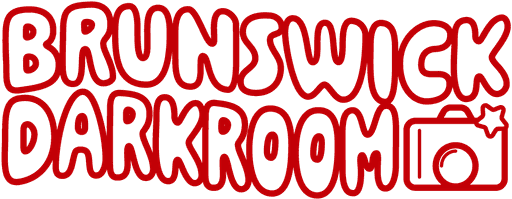15 Feb 2022
Fashion photography has always been high stakes. You have access to a model for limited time, they’re often very famous, and they don’t do re-shoots. One photoshoot could literally make or break your career. Take great photographs of an artist and everybody will know about it. Offend the artist, or release poor photographs, and you may never be hired again. All great photographs begin in the studio. But for centuries, great photographs have matured, come alive within the four walls of the darkroom.
Despite the popularity of digital photo editing that can be performed seated and from the comfort of your desk, the darkroom craft has persevered. Photographic negatives can be brought into the darkroom and printed on photo negative paper and in this case, two negatives make a positive. Tarek Mawad is a photographer and creative director who has used darkroom printing for work with Vogue and other high-profile publications to achieve a gritty, raw look in their photography.
The fibre in photographic paper is real, the silver embedded within the gelatin is real too. Despite digital photographs being a visual reproduction, they have captured a real piece of paper with an image made by a physiochemical process.
That physiochemical process can be taken to extremes. Materials age, and photo-sensitive chemicals age too. Using expired paper can yield psychedelic results. Rob Tennent is a Sydney based fashion and creative photographer who uses the analogue process to create work that is sought after by publications and firms alike. Rob’s past use of expired paper looks totally out of this world, yet despite this, still refreshing.
Such a paradox is only possible in analogue photography - unlike overly edited digital photographs, the above image is a digital scan of a darkroom print that exists in the real world. Furthermore, the image illustrates another of the best aspects of analogue photography. Within its constraints you create images which you could never have thought to without bounds. The expired paper could only ever have produced a wavy blend of neon green and ethereal, spaced-out purple. But who would ever have thought to do that with Photoshop?
Analogue printing is professional art photographers best kept secret. It’s so well kept that some facetious photographers will even jest that they shot and edited their photographs on iPhone, like who shot Willem Dafoe’s internet-breaking portraits for GQ.
But it doesn’t need to be a secret, its barrier to entry means that most photographers don’t have an opportunity to try it or have their work darkroom printed.
The good news for you is that like the photographers work we’ve shown above, you too can stand out. At Fitzroy Darkroom*, we’ve taught hundreds of amateurs and professional photographers alike how to darkroom print in a single day. We hold weekly workshops, and after attending you can become a member and develop, print and digitise your film in the heart of Melbourne. Don’t want to do it yourself or don’t live in Melbourne? We’ll do it for you with our printing service. Simply drop your negatives off to our shop in Melbourne or send them to us by mail. The best part is each print is digitised and instantly delivered by Dropbox.
